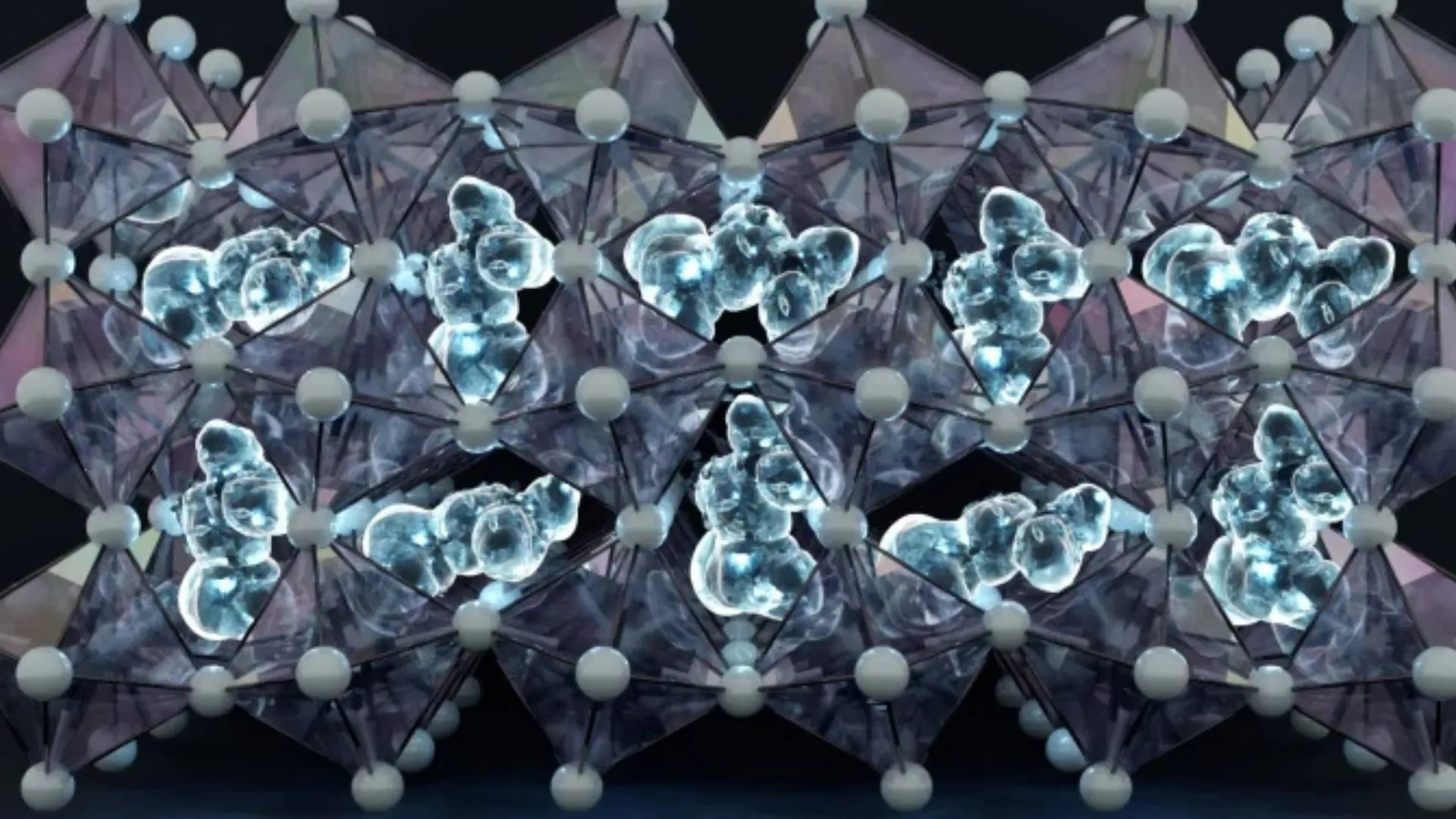
Computer simulation and machine learning have provided new insights into a family of solar cell materials called halide perovskites.
In today’s time, there is an urgent need to identify sustainable and efficient energy materials to meet global energy demands.
Halide perovskites are hailed as a potential solution. This is a group of materials known for both their huge potential and their puzzling nature.
Researchers at Chalmers University of Technology in Sweden set out to better understand halide perovskites using advanced methods.
The team successfully identified a previously unknown low-temperature phase.
“It’s very exciting that we now have simulation methods that can answer questions that were unresolved just a few years ago,” said Julia Wiktor, the study’s principal investigator, in the press release.
“Our findings are essential to engineer and control one of the most promising solar cell materials for optimal utilisation,” Wiktor added.
Low-temperature phase
Over the past twenty years, halide perovskites have emerged as a leading material for lightweight solar cells and LEDs.
The inherent instability and a limited understanding of degradation mechanisms have prevented the practical application of the perovskite material group.
In this group, a promising crystalline compound called formamidinium lead iodide has excellent optoelectronic properties. But its instability has limited its use.
The team says mixing different types of halide perovskites can mitigate this issue, but a deeper knowledge of these constituent materials is essential for optimal control.
The Chalmers research group has now provided a detailed account of a previously enigmatic phase of formamidinium lead iodide.
“The low-temperature phase of this material has long been a missing piece of the research puzzle, and we’ve now settled a fundamental question about the structure of this phase,” said researcher Sangita Dutta.
This phase is the key to successfully creating and managing this material and its mixtures.
Use of computer models
The researchers are experts in creating accurate computer models of materials to test them under different conditions.
However, modeling halide perovskites is particularly difficult, requiring powerful supercomputers and extensive simulation time to understand their properties.
“By combining our standard methods with machine learning, we’re now able to run simulations that are thousands of times longer than before. And our models can now contain millions of atoms instead of hundreds, which brings them closer to the real world,” said Dutta.
After much work, the team successfully identified the structure of formamidinium lead iodide at low temperatures.
They found that the molecules become stuck in a semi-stable state as the material cools.
To verify the findings, the researchers collaborated with a team at the University of Birmingham, who cooled the material to -200°C to confirm that the real-world results matched the simulations.
“We hope the insights we’ve gained from the simulations can contribute to how to model and analyse complex halide perovskite materials in the future,” said Erik Fransson, at the Department of Physics at Chalmers.
According to the International Energy Agency, electricity consumption is growing rapidly. Its share of total global energy consumption is expected to increase from the current 20% to over 50% in the next 25 years.
This research could pave the way for developing the next generation of highly efficient, sustainable, and versatile solar energy materials.
The findings were published in the Journal of the American Chemical Society.



